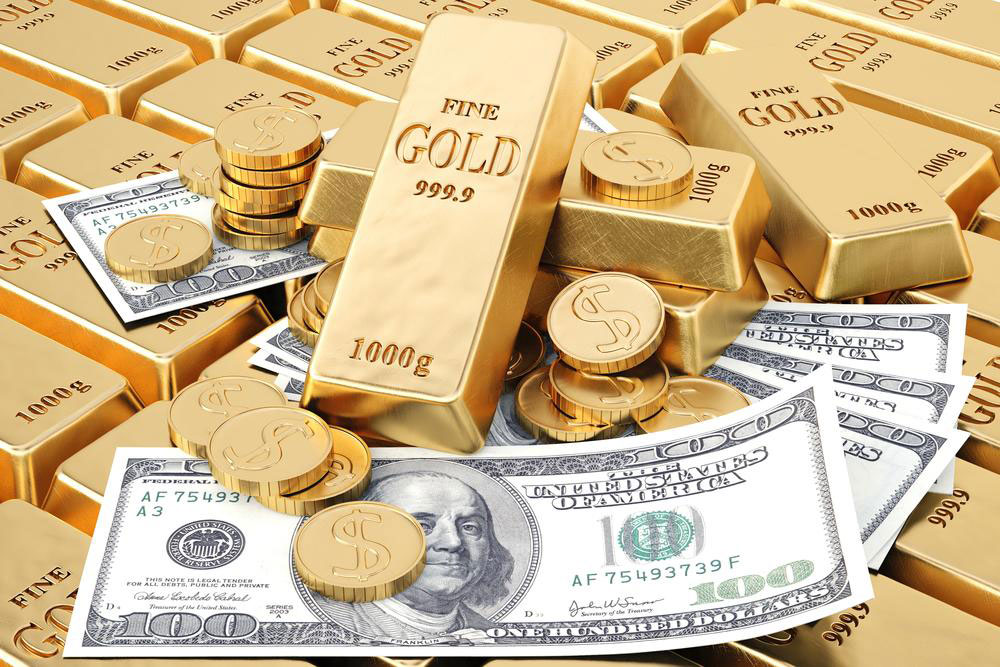Critical Factors Affecting Gold Price Dynamics
This article outlines key factors influencing the gold market, including monetary policy, economic indicators, supply-demand dynamics, inflation, and currency fluctuations. Understanding these elements helps investors navigate gold price movements better and make informed decisions in a fluctuating market.

Gold is often seen as a barometer of economic stability and investor sentiment. During uncertain times, demand for gold surges, leading to price increases. While inflation and deflation are key drivers, other elements—economic and psychological—also influence daily price movements.
Explore the primary factors shaping gold prices:
Monetary Policy: Decisions by the Federal Reserve impact gold by influencing interest rates. Higher rates make gold less attractive due to increased opportunity costs, while lower rates enhance its appeal.
Economic Data: Indicators like employment figures, wages, manufacturing output, and GDP growth guide monetary policy and impact gold's daily value. Robust economic reports can reduce gold prices.
Supply and Demand Dynamics: Changes in gold consumption and availability directly affect its market price. Increased demand or restricted supply tend to push prices upward.
Inflation Trends: Rising inflation often leads to higher gold prices as investors look for inflation-hedging assets. Conversely, low inflation usually results in lower gold valuations.
Currency Movements: The strength of the US dollar heavily influences gold prices. A weaker dollar generally causes gold prices to rise due to global currency shifts.
Note: This summary combines research, economic data, and expert opinions. Market conditions are dynamic; professional guidance is recommended before making investment choices. The landscape continually evolves with financial markets.


